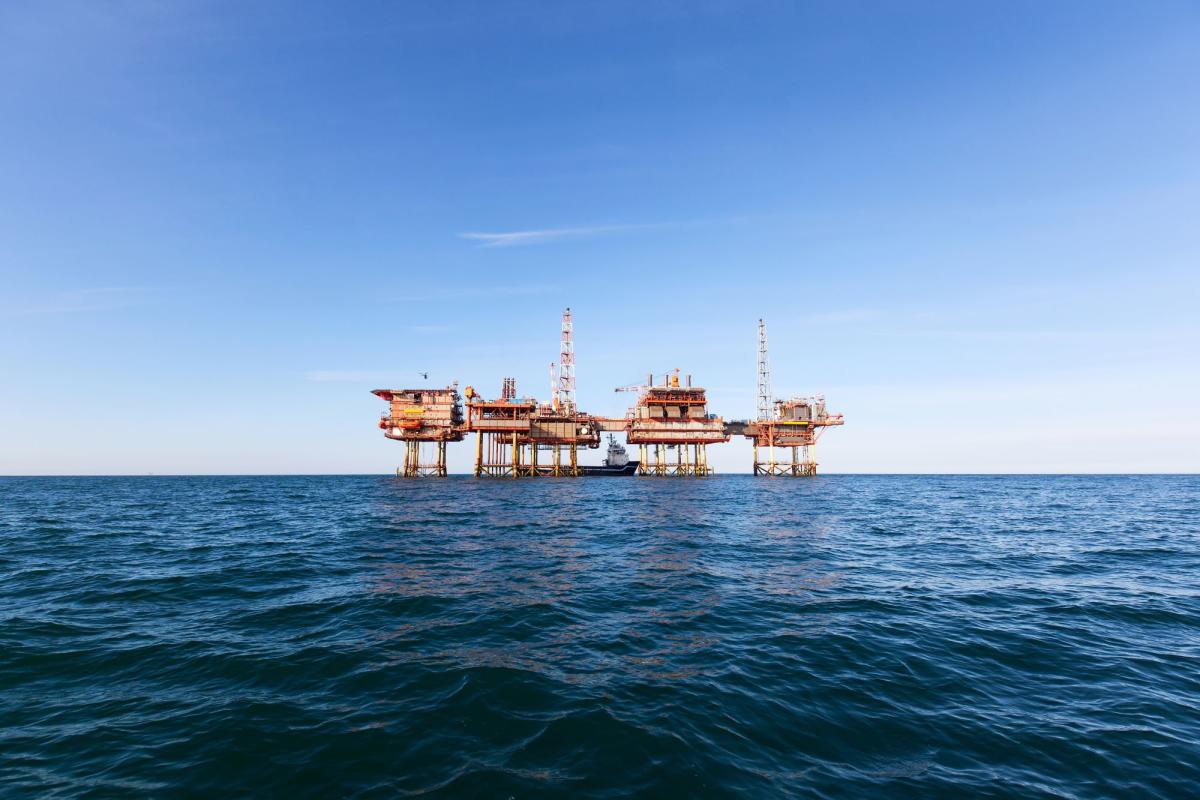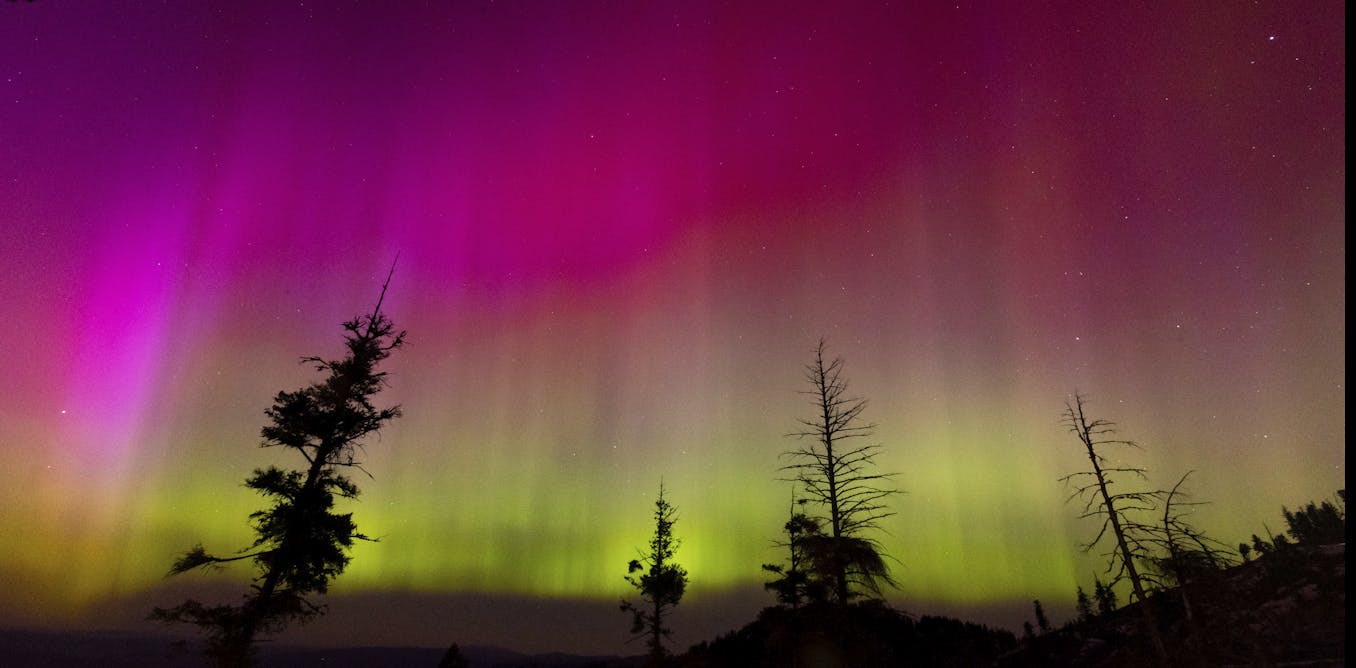This winter is likely to be a blockbuster year for seeing the Northern Lights as scientists predict the best displays in 20 years, which have already been seen in southern England.
The sun is predicted to reach the peak of its approximately 11-year activity cycle – known as “solar maximum” – between January and October 2024, bringing with it spectacular aurora displays both in lower polar regions and further south in Europe.
The next solar maximum is especially highly anticipated after the last one – in December 2019 – was the weakest in a century.
It comes after the northern lights lit up much of the UK and Ireland over the weekend, reaching as far south as Stonehenge.
“I expect there to be more aurora activity than there’s been in the last 20 years,” said Njål Gulbrandsen, a space physics researcher at Tromsø Geophysical Observatory, part of the Arctic University of Norway (UiT). As the sun approaches its peak, there have been more solar storms, creating more aurora, visible further south than normal.
“It’s mostly because of this 11-year solar cycle that the activity is now picking up quite a lot,” he added. “There is another factor – that the last solar cycle was a weak one – so it might be that activity now is almost the strongest it’s been in almost 20 years. We have to go far back to see this level of activity.”
Usually the best regions to see the northern lights – created when lots of particles come from the sun towards Earth – are northern Norway, the northern parts of Finland and Sweden, Iceland, the northern US and Canada and the southern part of Greenland. But during the solar maximum, the auroral oval expands, meaning it will be visible in locations across Europe.
“There will be more spectacular displays in the normal locations that you think of, but also really nice displays further south than you would normally expect,” said Katie Herlingshaw, a space physics researcher at the University Centre in Svalbard (Unis). “It’s really exciting to get this good solar maximum now because a lot of people have forgotten what a good solar maximum actually looks like.”
after newsletter promotion
Herlingshaw, who is researching a new type of aurora, known as “fragments” (green light that appears near traditional auroral arcs), added: “When we have these big solar storms, then you should be able to see it in Europe and in the UK when you have something big on the way. The key is there that you should just go to a dark place. You want to get out of the city lights.”

Sarah Wilson is your guide to the latest trends, viral sensations, and internet phenomena. With a finger on the pulse of digital culture, she explores what’s trending across social media and pop culture, keeping readers in the know about the latest online sensations.







